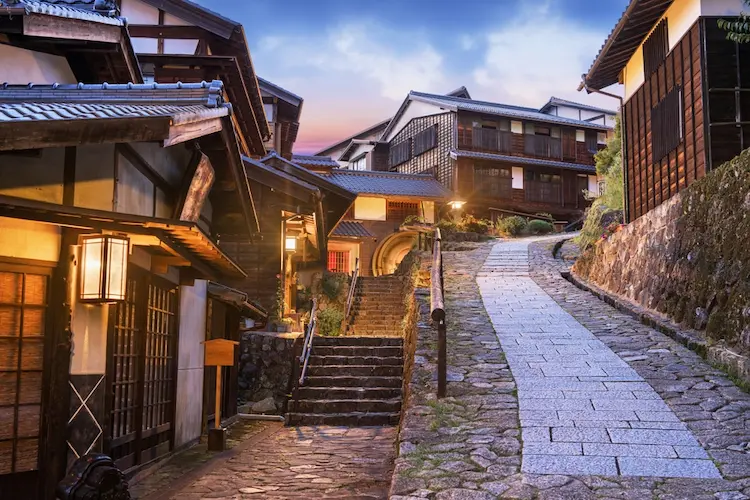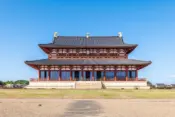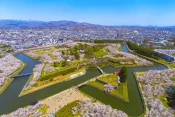Magome-juku – Discover the Charm of Japan’s Historical Post Town
1. What is Magome-juku?
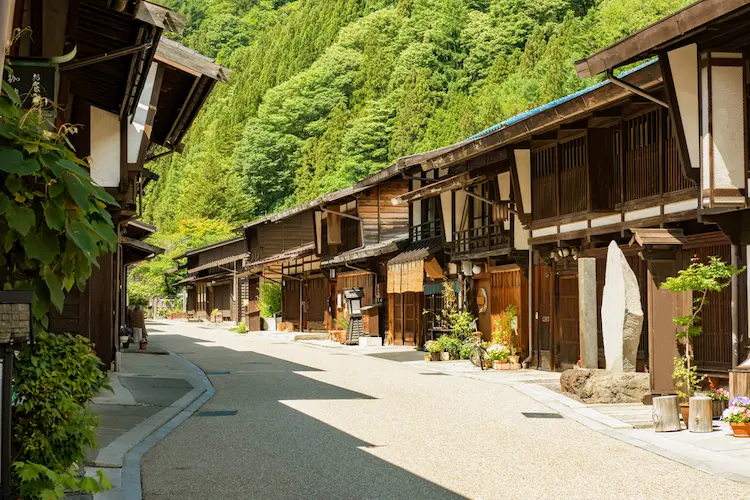
Magome-juku, located in Nakatsugawa City, Gifu Prefecture, is a beautifully preserved post town that flourished during the Edo period. As the 43rd station on the Nakasendo, a historical route connecting Edo (modern Tokyo) and Kyoto, Magome-juku was a bustling hub for travelers. The town is known for its steep stone-paved slopes, flanked by traditional wooden buildings, offering a glimpse into Japan’s rich history and architectural heritage. Nestled in the Kiso Valley, Magome-juku is surrounded by lush mountains, making it a picturesque and tranquil destination for visitors.
2. History and Culture of Magome-juku
2.1 A Vital Post Town on the Nakasendo
During the Edo period, Magome-juku served as an essential stop for travelers, including samurai, merchants, and pilgrims. The town’s strategic location made it a lively center of trade and culture. Despite facing several devastating fires between 1839 and 1915, Magome-juku was rebuilt each time, preserving its historical significance.
2.2 The Legacy of Shimazaki Toson
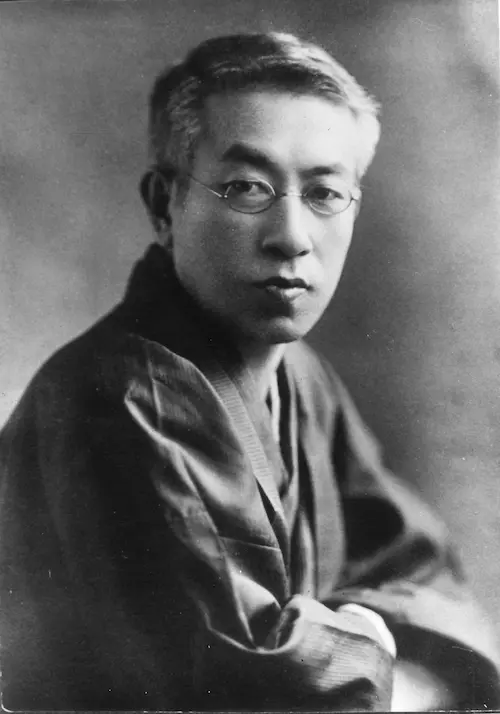
Magome-juku is the birthplace of Shimazaki Toson, one of Japan’s most celebrated authors. His seminal work, Before the Dawn, captures the essence of life in Magome-juku during the Meiji Restoration. Visitors can explore the Shimazaki Toson Memorial Museum, located in his former home, to learn about his life and literary contributions.
2.3 Defensive Structures: The Masugata
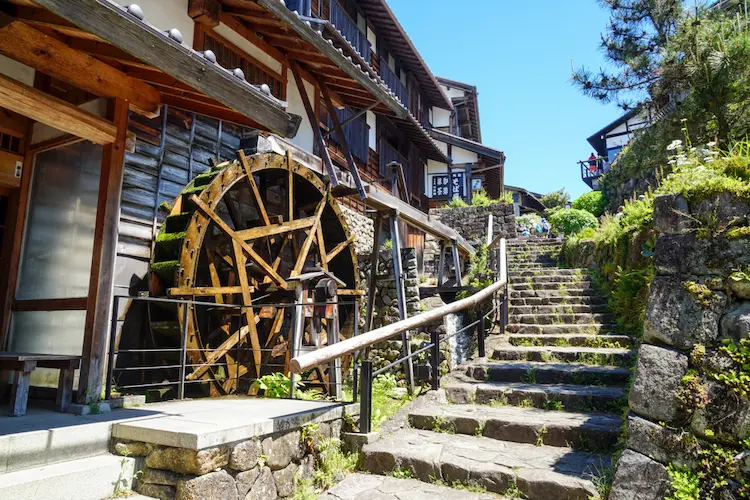
The town’s unique layout includes defensive features such as the “Masugata” (“box-shaped bends”). These were designed to slow down potential invaders and provide a layer of protection for the town’s inhabitants. Walking through these historical features offers a tangible connection to the town’s past.
3. Highlights of Magome-juku
3.1 Historical Landmarks
- Shimazaki Toson Memorial Museum: Step into the former home of the literary legend to explore exhibits about his life and works.
- Magome Waki-honjin Museum: Experience the restored accommodations once reserved for high-ranking travelers, complete with period furnishings.
- Watermill: A symbol of Magome-juku, this traditional structure still operates, evoking the town’s historical charm.
3.2 Stunning Natural Scenery
- Magome Observatory: Enjoy panoramic views of Mount Ena and the surrounding peaks of the Kiso Valley.
- Ochiai Stone Pavement: A preserved section of the original Nakasendo, offering a nostalgic walk through history.
3.3 Seasonal Beauty
- Spring: Cherry blossoms and fresh greenery.
- Summer: Firefly festivals and flowing streams.
- Autumn: Vibrant foliage during the Magome-juku Festival.
- Winter: Snow-covered rooftops create a serene atmosphere.
4. Activities in Magome-juku
4.1 Walking the Nakasendo Trail
Magome-juku is part of the 7.3 km trail connecting Magome and Tsumago, another historic post town. This scenic hike takes about 2-3 hours and offers:
- Stunning views of forests and mountains.
- Traditional tea houses along the way.
- A chance to experience the journey of Edo-period travelers.
4.2 Sampling Local Delicacies
Indulge in Magome-juku’s culinary offerings:
- Gohei Mochi: Grilled rice cakes coated in a savory-sweet miso sauce.
- Chestnut Sweets: A specialty of Nakatsugawa, especially popular in autumn.
- Handmade Soba: Fresh buckwheat noodles served in traditional eateries.
4.3 Participating in Festivals
- February: Ice Lantern Festival, illuminating the Nakasendo with a magical glow.
- June: Firefly Festival, showcasing the natural beauty of glowing fireflies.
- November: Magome-juku Festival, featuring traditional performances and cultural events.
5. Getting to Magome-juku
5.1 Access Information
- By Public Transport: From JR Nakatsugawa Station, take the Kitaena Kotsu bus to Magome-juku (approximately 30 minutes).
- By Car: About a 20-minute drive from the Nakatsugawa Interchange on the Chuo Expressway. Note that car access to Magome’s main street is restricted between 10:00 AM and 4:00 PM.
5.2 Travel Tips
- Wear comfortable shoes for walking on the stone-paved streets and hiking trails.
- Plan to visit in the morning to avoid crowds and fully enjoy the tranquil atmosphere.
- Utilize the luggage delivery service between Magome and Tsumago for a hassle-free hike.
6. Conclusion – Experience the Timeless Beauty of Magome-juku
Magome-juku offers a unique blend of history, culture, and natural beauty. From its stone-paved streets and Edo-period architecture to its vibrant seasonal events, this post town provides an unforgettable journey into Japan’s past. Whether you’re a history enthusiast, a nature lover, or a cultural explorer, Magome-juku promises an enriching experience that will stay with you long after your visit.
